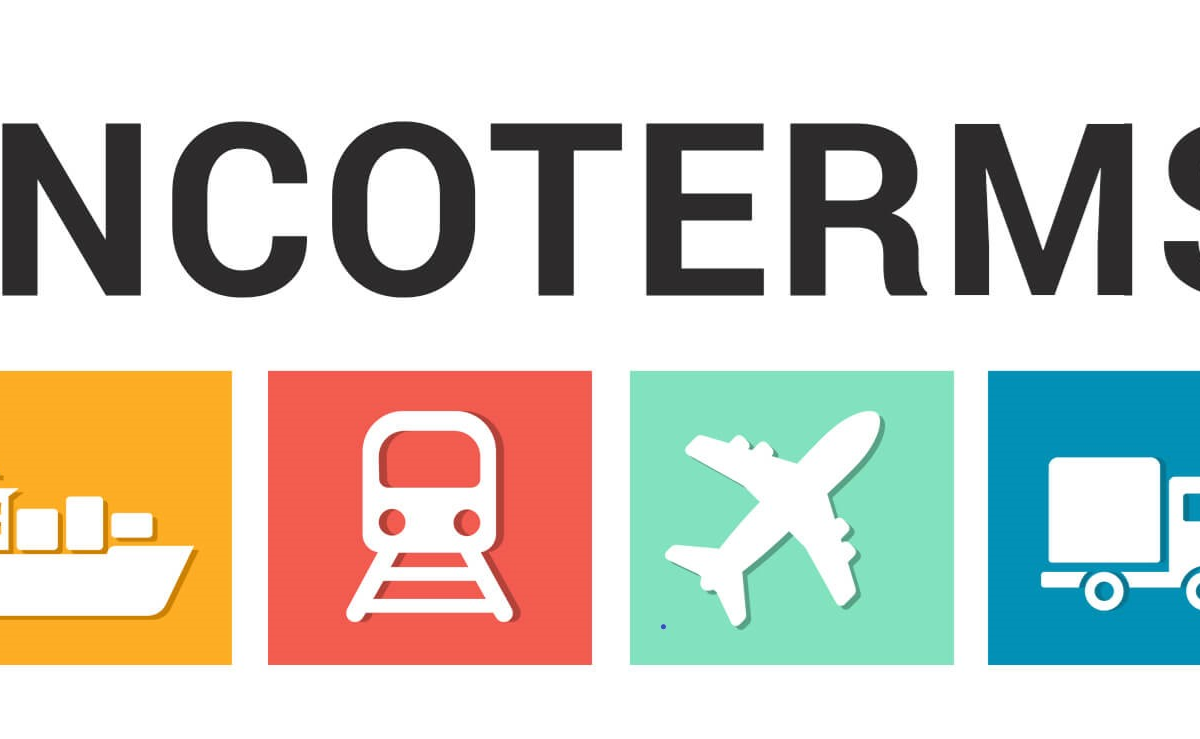This article is written by Ernesto Mendoza
The nearshoring discussions in Mexico are not new, but the period of 2024–2025 has emerged as a pivotal window for several reasons. This essay aims to elucidate why these years are critical for nearshoring initiatives in Mexico and to outline the ongoing competitiveness of Mexico compared to China, as well as potential obstacles and their mitigations.
Post-Pandemic Supply Chain Shifts
Firstly, the post-pandemic supply chain shifts have had a significant impact on global trade dynamics. Companies worldwide began reevaluating their supply chains in the wake of the pandemic, realizing the vulnerabilities inherent in long, complex supply lines often anchored in Asia. By 2024–2025, the strategies born out of these pandemic lessons are in full swing, with North American nearshoring at the forefront. This period marks a time when companies are actively implementing new supply chain strategies to mitigate risks and enhance resilience.
U.S. Political Landscape
Secondly, the political landscape in the United States plays a crucial role in influencing trade and manufacturing policies. The U.S. presidential cycle and legislative agendas often impact these areas. With elections and potential shifts in congressional priorities, 2024–2025 is a time when trade agreements or incentives may be reassessed. This reassessment further nudges companies to nearshore in Mexico to stay aligned with evolving U.S. policy. The political changes during this period are likely to create a favorable environment for nearshoring initiatives.
Energy and Sustainability Imperatives
Thirdly, energy and sustainability imperatives are becoming increasingly important for many industries. Companies face heightened sustainability targets and rising energy costs. Mexico’s proximity to the U.S. can reduce carbon footprints from shipping, making nearshoring more attractive. By 2024–2025, these sustainability considerations are likely to be even more central to corporate decision-making, driving the move towards nearshoring in Mexico.
Competitive Advantages of Mexico
While China remains a global manufacturing titan, Mexico has important competitive advantages that continue to draw foreign investors and companies. One of the most significant advantages is its geographic proximity to the U.S., which translates to reduced lead times and lower freight costs. Shorter shipping distances enable just-in-time production and reduce inventory costs, while overland transport from Mexico to the U.S. is generally cheaper and more predictable than ocean freight from Asia.
Favorable Tariff Structures
Additionally, Mexico benefits from favorable tariff structures under the United States-Mexico-Canada Agreement (USMCA). Qualifying goods can move duty-free, contrasting with tariffs that might affect imports from China. Moreover, Mexico has free trade agreements with over 50 countries, offering global market access that can rival, and in some cases surpass, what is available in China.
Competitive Labor Costs
Mexico also offers competitive labor costs. While China historically had lower labor costs, wages there have been rising for over a decade. Mexican labor, particularly in manufacturing hubs, remains competitive, especially when factoring in Mexico’s proximity and trade benefits. Furthermore, Mexico has developed strong expertise in key sectors such as automotive, aerospace, electronics, and semiconductors, making it an attractive destination for specialized labor.
Evolving Regional Supply Chains
The evolving regional supply chains further bolster Mexico’s competitiveness. As more companies shift operations to Mexico, a robust ecosystem of suppliers, logistics providers, and service-oriented companies is forming. This cluster effect can reduce costs and spur innovation. Diversifying away from Asia helps companies mitigate geopolitical risks, trade tensions, and currency fluctuations.
Government Incentives and Infrastructure Investments
Government incentives and infrastructure investments are also key factors. Despite challenges, government and private sector initiatives are improving critical infrastructure—modernizing ports, airports, and road networks—especially in industrial corridors in the north and Bajío regions. Mexico’s administration is increasingly open to policies that encourage foreign investment, be it in energy, manufacturing, or security.
Challenges for Nearshoring
However, Mexico faces structural hurdles that must be addressed to fully seize nearshoring opportunities. Energy security and reform are crucial. Investor confidence depends on clarity regarding energy policies, stable electricity, and affordable power costs, which can make or break large-scale manufacturing projects. Additionally, providing reliable renewable energy will boost long-term competitiveness.
Security concerns are another challenge. Security risks vary across the country, and federal and state governments are collaborating on targeted initiatives to reduce crime in industrial corridors. Transparent regulations and simpler bureaucratic procedures are essential for foreign firms that want predictable legal frameworks.
Conclusion
Despite these obstacles, Mexico’s location, trade agreements, cost structure, and growing industrial ecosystem give it a compelling edge over China. Consumer demand for rapid delivery drives companies to shorten supply chains, and Mexico’s proximity to the U.S. is a game-changer. Shorter shipping distances and potential access to cleaner energy can tilt the scales in Mexico’s favor. Recent disruptions taught companies that agility and reliability can be just as critical as cost savings. Mexico’s trade stability with the U.S. fosters confidence in consistent cross-border flows.
In conclusion, focusing on 2024–2025 is logical due to significant shifts in global supply chains, post-pandemic strategy realignments, and changing U.S. policy landscapes. Despite high-profile challenges, Mexico still presents a compelling option compared to China—especially for industries reliant on faster delivery cycles, competitive labor, and zero-tariff access to the U.S. through the USMCA. By continuing to refine its legal frameworks, invest in infrastructure, and bolster security, Mexico can tap into nearshoring as a springboard for economic growth—proving that it remains a formidable contender on the international manufacturing stage.
Here at TradeFlex, we provide business model analysis, manufacturing management strategies, duty tariff optimization, compliance management, regulatory consultation, duty reduction programs, supply chain and tariff engineering, and cross-border solutions. With over 30 years of experience, we help businesses land softly in Mexico, ensuring efficient, compliant, and cost-effective cross-border operations. Come work with us today at https://trade-flex.com.



